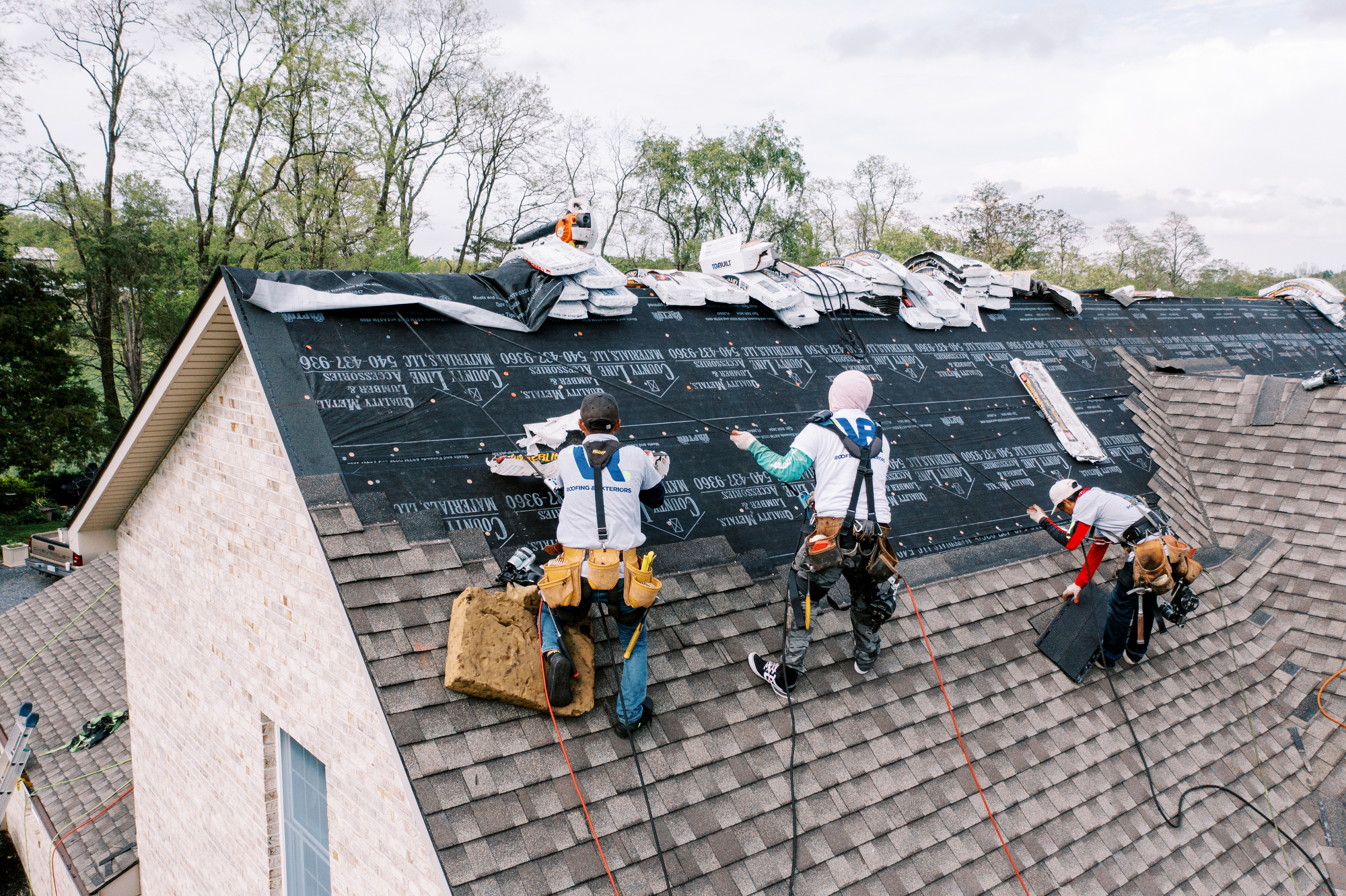
As storm season approaches, it’s essential to ensure your roof is ready to withstand the high winds, heavy rains, and sometimes even hail that can come with severe weather. A well-maintained roof is your first line of defense against the elements, and preparing i Roofingt properly can prevent expensive repairs and potential damage to your home. In this guide, we’ll walk you through the steps to prepare your roof for storm season so you can have peace of mind when the weather turns.
1. Inspect Your Roof for Damage
Before the storm season begins, it’s important to do a thorough inspection of your roof. Look for signs of wear and tear, such as missing, cracked, or curled shingles, which can leave your roof vulnerable to leaks. Check for damaged flashing around chimneys, vents, and skylights, as well as any areas where the roof meets the walls of your house. If you’re not comfortable with climbing a ladder or inspecting the roof yourself, it’s wise to hire a professional roofing contractor to conduct an inspection. Early identification of small problems can save you from dealing with larger, more costly repairs during a storm.
2. Clean and Maintain Gutters and Downspouts
Clogged gutters and downspouts can quickly lead to water damage, as they prevent rainwater from flowing away from your roof and foundation. Before the storm season begins, make sure to clear your gutters of leaves, twigs, and other debris. This allows rainwater to flow freely and prevents water from backing up onto the roof, which could lead to leaks. It’s also a good idea to check that your downspouts direct water at least three to four feet away from your home’s foundation to prevent pooling around the base of your house.
3. Trim Overhanging Trees and Branches
Storms often bring strong winds that can send tree branches crashing onto your roof. To reduce the risk of tree damage, trim any overhanging branches near your roofline. If you have large trees close to your home, consider removing any dead or weakened branches that could break off during a storm. This not only protects your roof from damage but also helps to prevent debris from clogging gutters or landing on your roof during high winds.
4. Check Your Roof’s Flashing and Seals
Flashing is the metal material used to seal the joints and edges of your roof, such as around chimneys, skylights, and vents. Over time, flashing can deteriorate or become loose, creating vulnerable spots where water can seep in. Before storm season, inspect the flashing on your roof to ensure it’s secure and in good condition. If you notice any gaps or loose areas, reseal them with roofing cement or call a professional to replace the flashing. Ensuring that your roof is properly sealed will help prevent leaks during heavy rains and storms.
5. Strengthen Loose Roof Components
During a storm, strong winds can lift loose roofing materials or weaken other components of your roof, leading to significant damage. Take the time to check for any loose or missing shingles and repair them before the storm season begins. You should also inspect the ridge vents, skylights, and other roof features that might be vulnerable to wind damage. If you live in a particularly storm-prone area, consider upgrading to impact-resistant shingles or other roofing materials that are designed to withstand high winds and debris.
6. Consider Insurance and Emergency Preparedness
In addition to physical preparations, it’s important to review your homeowner’s insurance policy before storm season. Ensure that your policy covers roof damage caused by storms, including wind, hail, or fallen trees. If you’ve made recent repairs or upgrades to your roof, make sure your policy reflects these changes. It’s also a good idea to keep a list of important emergency contacts, including your roofing contractor, in case you need repairs after a storm. By having a plan in place and knowing your coverage, you can act quickly if storm damage does occur.
Final Thoughts:
Storm season can be stressful, but with proper preparation, you can minimize the risk of roof damage and protect your home from the elements. Regular roof inspections, maintenance, and addressing any weak points before the storms hit will go a long way in keeping your home safe and secure. If you’re unsure about the condition of your roof or need help with any repairs, don’t hesitate to contact a professional roofing company to ensure your roof is ready for whatever storm season brings.
Would you like me to customize this article with your company’s name, local services, or contact information?
